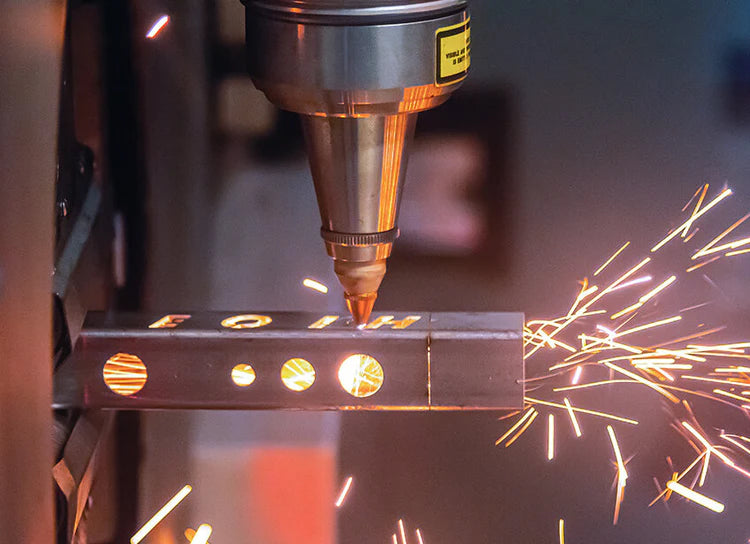FAQ

What is Centrifugal Tumbling?
Centrifugal tumbling is a high-energy finishing process that uses centrifugal force to polish, deburr, and smooth metal parts efficiently.
What materials can be processed with centrifugal tumbling?
Centrifugal tumbling works well with metals, plastics, and ceramics, providing a smooth and polished finish for various applications.
How long does the tumbling process take?
The duration depends on the material type, part size, and desired finish, typically ranging from a few minutes to several hours.
What industries use centrifugal tumbling?
Industries such as aerospace, automotive, medical, and jewelry use centrifugal tumbling for precision finishing and surface enhancement.
Is centrifugal tumbling safe for delicate parts?
Yes, it can be customized with different media and speeds to ensure delicate parts are finished without damage.

Do you offer custom finishing options?
Yes, we customize media selection, cycle time, and tumbling intensity to meet your specific finishing requirements.
How does centrifugal tumbling work?
It uses centrifugal force to move parts and abrasive media in a controlled environment, rapidly achieving a smooth and polished surface.
What are the benefits of centrifugal tumbling?
It delivers faster results, a superior finish, reduced manual labor, and is ideal for small, intricate, or high-precision parts.
What types of materials can be processed with centrifugal tumbling?
Metals, plastics, and ceramics can all be processed, with different media and speeds adjusted for optimal finishing.
How does centrifugal tumbling differ from vibratory finishing?
Centrifugal tumbling is more aggressive, making it faster and more efficient for achieving a high-quality finish, especially on complex parts.






